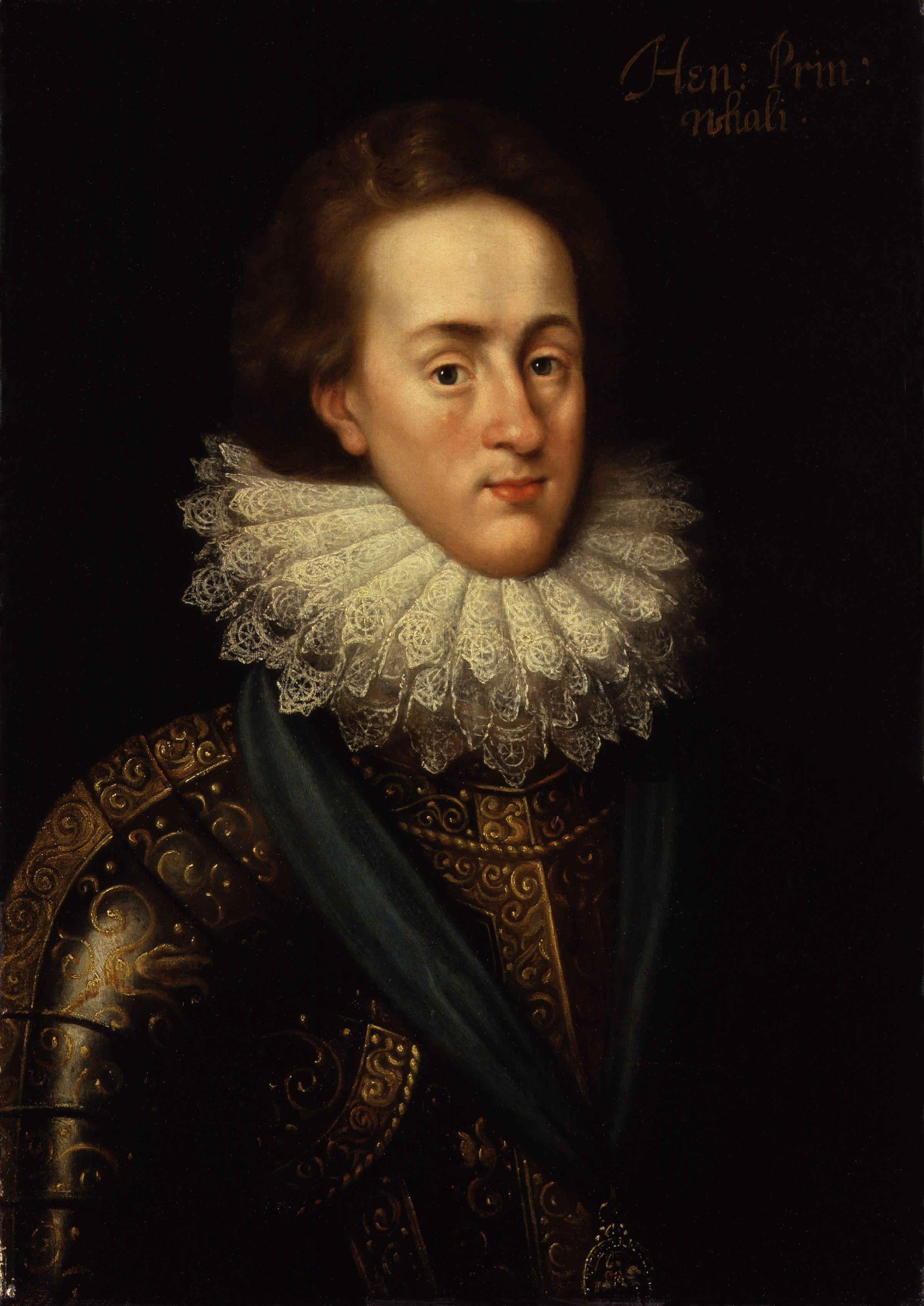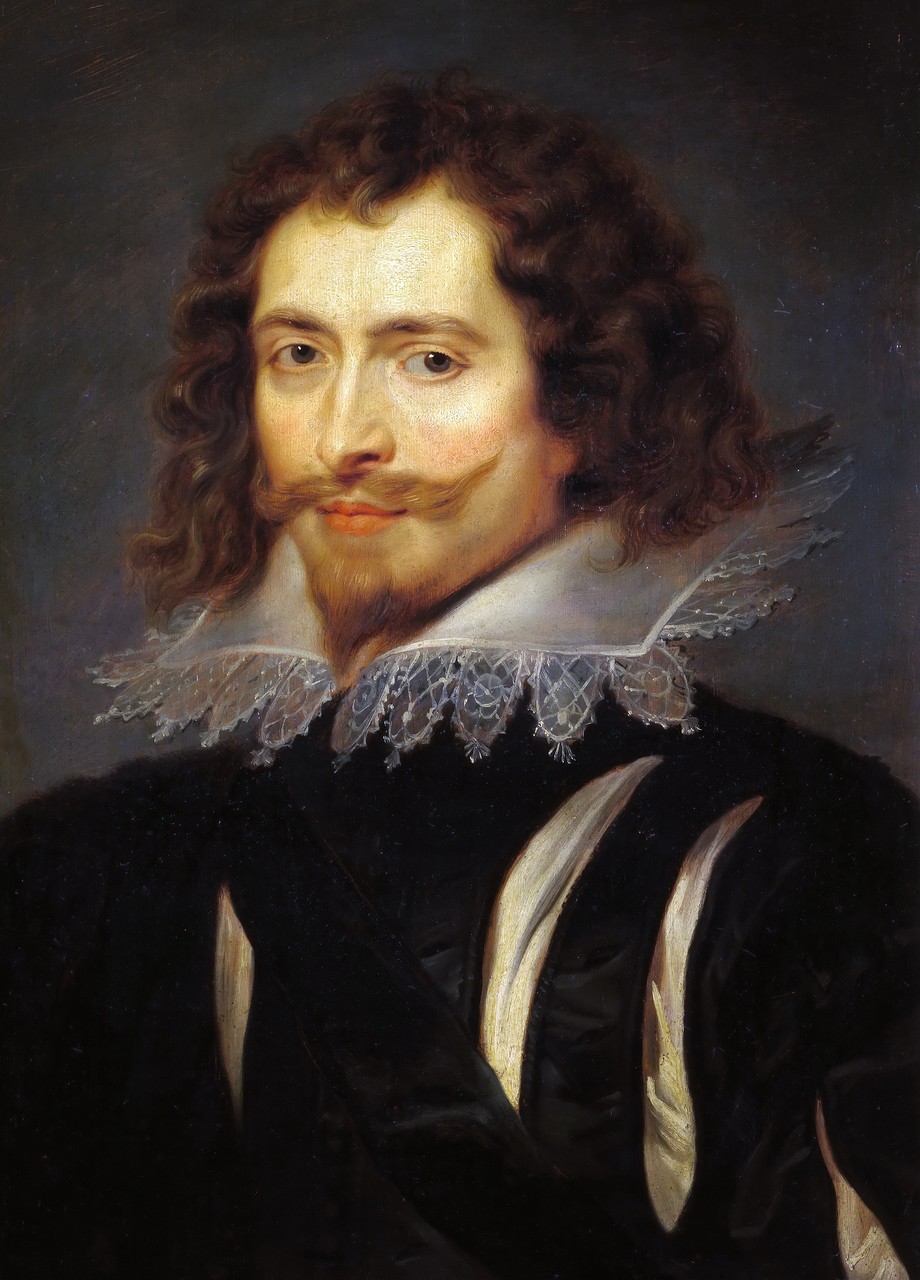The moulding of the man
 |
| Prince Charles - age 11 |
Born in Dunfermline in November 1600, Charles Stuart was the second son of King James VI of Scotland & his wife Anne of Denmark. A sickly child, who was baptised immediately after birth (not being expected to live), Charles was left in Scotland under the care of a guardian, when his father ascended to the throne of England following the death of Elizabeth in March 1603. James had been brought up a Protestant, a king since the age of thirteen months following the enforced abdication of his Catholic mother, Mary Queen of Scots. James’ children were also brought up as Protestants.
In July 1604 Charles finally made the journey down to England where he was placed in the care of Lady Carey, the wife of one of his father’s courtiers. Lady Carey taught him how to walk properly, giving him boots made of Spanish leather & brass to support his weak ankles. She also taught him how to speak, although his stammer was never cured. Charles stayed in the care of the Carey’s until he was eleven.
 |
| Henry, Prince of Wales |
Charles inherited his artistic & aesthetic tastes from his mother, who spent her immense income liberally on masques & clothes, bringing the standards of the northern renaissance to England. She died in 1619 deeply in debt &, as his father was almost as feckless with money, Charles grew up with no real sense of the value of money. The queen’s flirtations with Rome led her to pursue a marriage for her beloved elder son, Henry Frederick, with a daughter of the de Medici family – a proposal that came to nothing.
On 6th November 1612 Charles’ elder brother Henry Prince of Wales, died at the age of 18 of typhoid fever. Henry had been trained to be king, had an interest in books, ships, farming & paid close attention to the management of his household. He was deeply mourned. At 12 years old Charles now succeeded his brother as Prince of Wales & Duke of Cornwall. Less than 6 months later Charles lost his sister, who married Frederick V, the Elector Palatine, in February 1613.
During his attendances at court the shy Charles was privy to his father’s infatuations with favourites; the Duke of Lennox, the Earl of Somerset & the then Earl of Buckingham were all reputed to be the king’s lovers. On one occasion Charles was forced to return a ring taken from Villiers, being forbidden his father’s presence until the ring was restored to its rightful owner. Charles had become a good scholar & linguist with interests ranging from models of war engines (imported from the Netherlands), coins, books & paintings, many inherited from his brother.
 |
| George Villiers Duke of Buckingham |
James hoped to wed his heir to the Spanish Infanta Maria Anna, a proposal unpopular with his subjects. Tribal memories of the terrors of Mary Tudor’s reign ran deep & the scars of the Catholic attempt to blow up the king & Houses of Parliament in 1605 were still raw. In 1623 Charles & the royal favourite &, since 1619 – despite no qualifications for the post - Lord Admiral, George Villiers, Earl of Buckingham (the Dukedom was created in May), set out on a private visit to Spain in an attempt to speed up the stalled negotiations for the marriage. En route they visited the French court, where Charles caught a glimpse of his future queen.
The pair & their entourage arrived in Madrid on 8th March 1623, to the horror of the British ambassador. After several days without sight of the proposed bride, Charles impetuously climbed the wall of a private garden, where the Infanta often walked. Frightened by the intruder the princess ran off. This breach of etiquette, in a court bound by strict codes of behaviour, arose possibly from a misunderstanding. Being brought up in the ramshackle, very relaxed & disorganised court of James I could not prepare the prince for the Spanish royal court in Madrid, where every waking moment was fixed by protocol.
 |
| Infanta Maria Anna |
Buckingham’s imperious behaviour infuriated the Spanish. At one point he suborned an official into disclosing the whereabouts of gold & jewel mines in south America and a plan for intercepting the annual treasure fleet. Charles refused to consider changing his religion, but signed a marriage treaty giving Catholics the same rights as were to be awarded to the Princess of Wales, while promising to rescind the penal laws against Catholics; seemingly unaware that these provisions would be intolerable to his future subjects. His father, less naive, was shocked by the proposals, well aware that parliament would not accept the provisions, even if James himself had been prepared to implement them. Reluctantly the Prince of Wales & the new Duke of Buckingham returned home, after finally realising that the Infanta & her £600,000 dowry were not going to be allowed to leave Spain. The Spanish had pressed Charles to stay a further year, but James was pressing for his & Buckingham’s return.
 |
| The young Princess Henrietta Maria |
Infuriated at the failure of his ‘diplomacy’ Buckingham demanded that James declare war on Spain. Parliament was agreeable, but James wanted funding for the return of Frederick V & his wife Elizabeth to the Electorate of the Palatine included in Parliament’s bill of subsidies for the proposed war. In March 1624 war was declared on Spain, a war that lasted until 1630.
Buckingham now put forward a proposal for a marriage between Charles & the King of France’s sister – Henrietta Maria. The French required the same freedom of worship for the future queen, as the Spanish had demanded. Negotiations with Cardinal Richelieu resulted in religious concessions, despite the vows declaring this impossible, originally made by James & Charles. But France, worried about encirclement of the country by Hapsburg power & opposing the Pope in the Valtelline, was eager for the match.
James’ money man, Cranfield, Earl of Middlesex, was impeached by Parliament in May 1624. The impeachment was engineered by Buckingham, who had been refused funds by Cranfield. The prince cheered on from the sidelines, caught up in Buckingham’s enthusiasm. Now a brake on royal expenditure was removed.
In March 1625 James caught an ague & then probably had a stroke. On the 27th when his father died Charles became king of England, Scotland & Ireland.
bibliography
The English Civil War – Robert Ashton, 1978 Wiedenfeld & Nicholson
Charles the First – John Bowle, 1975 Wiedenfeld & Nicholson
Richelieu and His Age – His Rise to Power – Carl J Burckhardt, 1967 George Allen & Unwin
King James 1 of England – Antonia Fraser, 1974 Book Club Associates
http://en.wikipedia.org
I know very little about Charles I, thank you for addressing that deficiency! As to Lady Carey, I hadn't considered she might be a real person, being familiar only with the name from the harpsichord piece 'Lady Carey's dompe'.
ReplyDelete